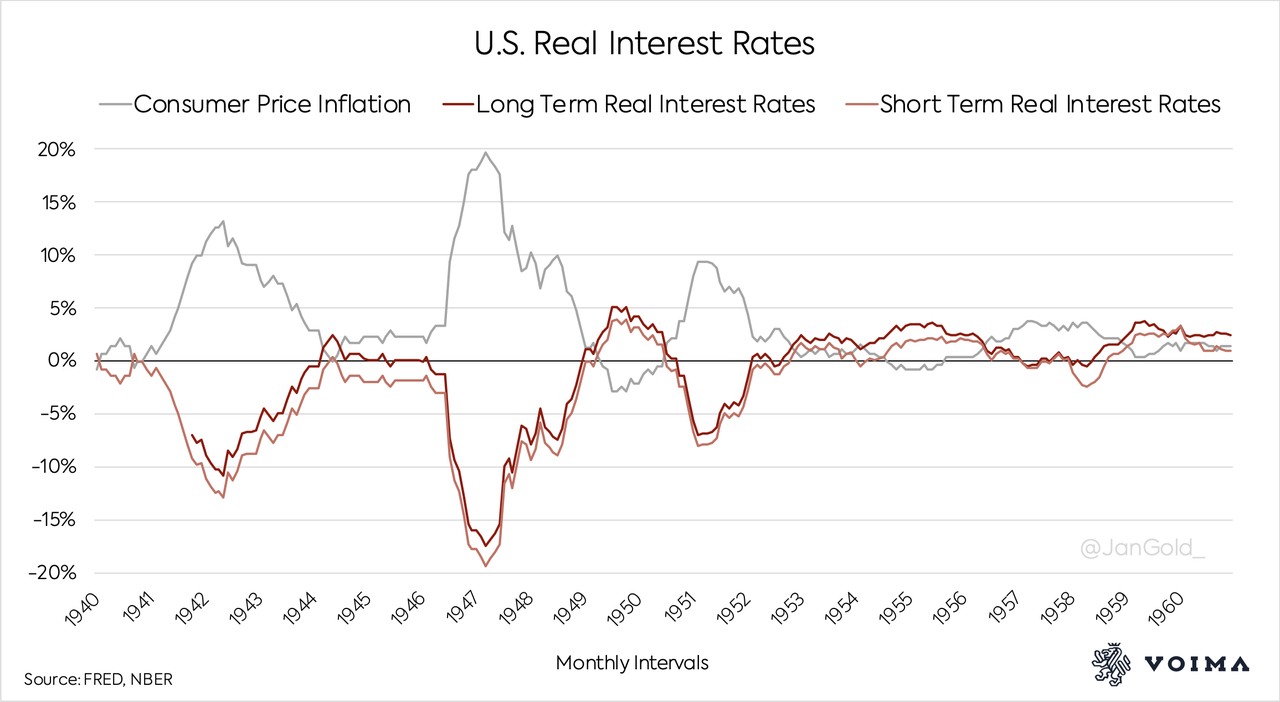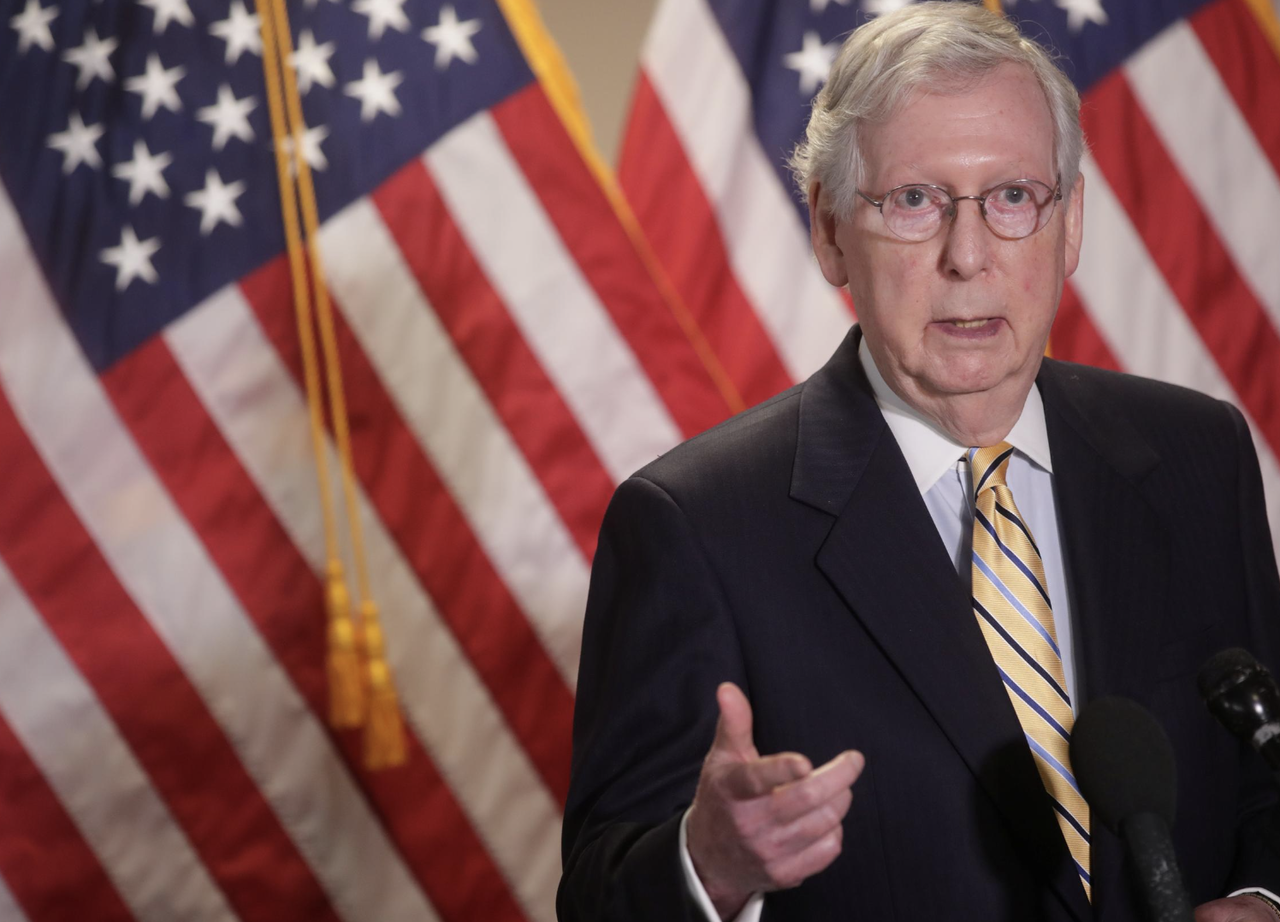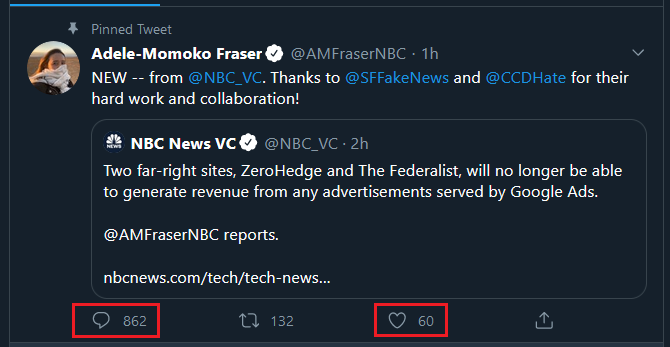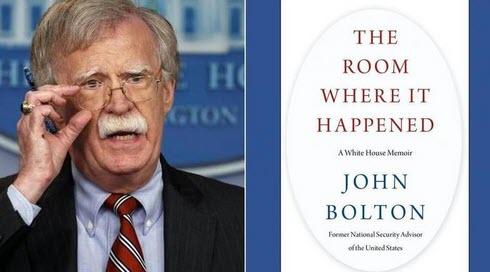George Floyd’s suffocation by Minneapolis police has focused renewed attention on potentially lethal neck restraint techniques, an issue addressed both by the executive order on “safe policing” that President Donald Trump issued today and the package of reforms that House Democrats introduced last week. Those two measures differ in scope, and both depart from what is probably the best approach: treating all neck restraints as a use of deadly force that can be justified only in special circumstances.
Neck restraints, which aim to subdue a suspect and/or render him unconscious, fall into two categories: respiratory neck restraints, which cut off air flow by applying pressure to the larynx and trachea, and vascular neck restraints, which cut off blood flow to the brain by applying pressure to the carotid arteries. Although both kinds of restraints are commonly known as “chokeholds,” that term, strictly speaking, applies only to the first kind, which is more dangerous even when performed properly.
In practice, however, the distinction between the two kinds of techniques can be fuzzy. A vascular restraint can easily become a chokehold if the officer’s technique is sloppy or if his arm slips as he struggles with a suspect who is actively resisting or reacting involuntarily to the maneuver.
Trump’s order instructs the attorney general to “allocate Department of Justice discretionary grant funding” only to state and local law enforcement agencies that seek certification from “independent credentialing bodies.” One criterion for certification is that the agencies “prohibit the use of chokeholds—a physical maneuver that restricts an individual’s ability to breathe for the purposes of incapacitation—except in those situations where the use of deadly force is allowed by law.” In the 1985 case Tennessee v. Garner, the Supreme Court said the Fourth Amendment, which prohibits “unreasonable” seizures, allows police to use deadly force only when they have “probable cause to believe that the suspect poses a significant threat of death or serious physical injury to the officer or others.”
On the face of it, Trump’s definition of chokehold is limited to techniques that deliberately restrict air flow “for the purposes of incapacitation,” meaning it would not include vascular neck restraints that can unintentionally obstruct breathing when used improperly. It might not even apply to the idiosyncratic technique that now-former Minneapolis police officer Derek Chauvin used when he kneeled on Floyd’s neck for nearly nine minutes. While it’s not clear what Chauvin’s intent was, that maneuver, notwithstanding its deadly effect, presumably would not qualify as a chokehold under Trump’s order if Chauvin was trying, however ineptly, to compress Floyd’s carotid arteries rather than prevent him from breathing.
The House Democrats’ Justice in Policing Act, by contrast, would prevent a state or local government from receiving two kinds of law enforcement grants unless it has a law that bars police from using “a chokehold or carotid hold.” That phrase is defined as “the application of any pressure to the throat or windpipe, the use of maneuvers that restrict blood or oxygen flow to the brain, or carotid artery restraints that prevent or hinder breathing or reduce intake of air of an individual.”
Anna Swanson, an attorney and Houston police officer, recommends a mixture of those two approaches in a 2016 South Texas Law Review article. “All types of neck restraints have the potential to cause death, and have caused death in various incidents,” she writes. “In light of the risk and reality of death, chokeholds and neck restraints of any type should be classified as deadly force….Neck restraints should be viewed in the same light as firearms because both have the potential for fatal outcomes each time they are used.”
The Supreme Court passed up an opportunity to clarify the constitutionality of neck restraints in 1983, when it ruled that a chokehold victim did not have standing to seek an injunction against the Los Angeles Police Department’s use of the technique. Swanson’s description of the case, Los Angeles v. Lyons, vividly communicates the trauma inflicted by neck restraints even when they are not fatal:
Adolph Lyons was placed in a chokehold by Los Angeles police during a traffic stop on October 6, 1976, which rendered him unconscious and caused damage to his larynx. Mr. Lyons was pulled over due to a burned out tail light, told to exit his vehicle, slammed on the hood of the police car and when Mr. Lyons complained of pain, the officer put his forearm around his throat and began to choke him. The chokehold was applied to Mr. Lyons until he blacked out. When Mr. Lyons regained consciousness he was on the ground, gasping for air, spitting up blood and dirt, and had urinated and defecated on himself. After Mr. Lyons regained consciousness, police issued him a traffic citation and he was released.
While conceding that “Lyons may have been illegally choked by the police,” the Supreme Court declined to determine whether that use of force was constitutional, saying only that the injunctive remedy Lyons sought was not available to him. Since then, federal appeals have ruled that chokeholds are reasonable under the Fourth Amendment in some situations, primarily when the suspect is violently resisting and/or has a history of doing so, and unreasonable in others, primarily when those circumstances are lacking.
Because of Lyons, the remedies in the latter cases have been limited to damages, leaving police departments free to continue their preexisting neck-restraint practices as long as they are willing to pay the occasional victim. And “even though some circuit courts have found the use of neck restraints to be an unreasonabl[y] severe use of force,” Swanson notes, “neck restraints and chokeholds are still used to detain suspects who give minimal or no resistance to law enforcement.”
Most state legislatures have not imposed limits on neck restraints. And while some police departments have, those policies—the solution favored by Trump’s order—are not necessarily effective. “Even when the use of chokeholds is prohibited by police department policy,” Swanson writes, “chokeholds are still used in situations where officers are not threatened with serious bodily injury or death, as demonstrated by the Eric Garner incident in 2014.”
Neither court rulings, local and state laws, nor department policies have established the uniform rule that Swanson favors, which would treat neck restraints the same as firearms in use-of-force cases. “A total ban is an extreme response that is not practical in the context of policing where the use of lethal force is constitutionally reasonable under circumstances where officers are faced with imminent serious bodily injury or death,” she argues. “Thus, legislation that limits the use of chokeholds to situations where deadly force is required are the more practical, and constitutionally sound, legislative attempts at addressing law enforcement use of neck restraints.”
Through court rulings and/or legislation, Swanson recommends, “all types of neck restraints should be categorically deemed a use of deadly force and only found reasonable in situations that merit the use of deadly force.” She adds that if Lyons were overturned, courts would have more power to address the issue. “When an ongoing, unconstitutional practice of police use of force results in death,” Swanson says, “the federal courts should have the power to stop it through the ability to enjoin and scrutinize the potentially unconstitutional practice.” She also suggests that the Justice Department encourage tighter restrictions on neck restraints through “pattern or practice” litigation under 42 USC 14141.
“People have been harmed and killed by neck restraints for decades,” Swanson writes. “History reflects the need for neck restraint use by law enforcement to be addressed on a national level.”
from Latest – Reason.com https://ift.tt/3fsX36c
via IFTTT










